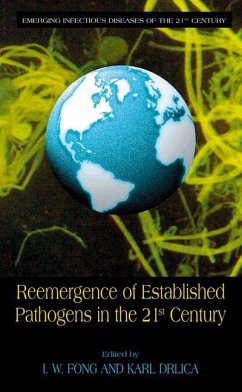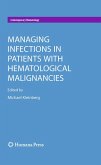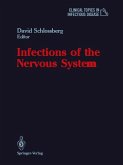In the closing decade of the last century, we saw warnings that infectious diseases will require much more attention from patients and physicians in the 21 st century. Recently d- covered diseases such as AIDS pose a major threat to the population at large, and to that threat has been added the re-emergence of established pathogens, microbes that were re- ily treatable in the past. Since infectious diseases already play a major role in the burden of illness and mortality, health care providers and planners are worried. A large proportion of the problem is man-made, arising mainly from the unnecessary overuse of antimicrobials in hospital and community settings and from the agricultural misuse of the agents in animal feed. A consequence has been a dramatic increase in resi- ant strains of bacteria that were considered conquerable several decades ago. Community infections caused by multi-resistant pneumococci serve as an example. These organisms were readily treated with penicillin, but now the spread of penicillin-resistant Streptococcus pneumoniae from continent to continent is becoming a worldwide problem. This is a major concern because pneumococcal infections are common in the community, being the le- ing cause of pneumonia, sinusitis, and meningitis. Resistant bacteria in hospitals are also becoming more prevalent. We have become accustomed to hearing about methicill- resistant Staphylococcus aureus (MRSA) and vancomycin-resistant enterococci (VRE), but now we have to be concerned about multidrug-resistant coliform bacteria and pseudomonads.
Hinweis: Dieser Artikel kann nur an eine deutsche Lieferadresse ausgeliefert werden.
Hinweis: Dieser Artikel kann nur an eine deutsche Lieferadresse ausgeliefert werden.
From the reviews:
"The authors of the chapters in this book have done a superb job of assembling and critically analyzing a wealth of data on pathogens that continue to pose major problems for mankind in the 21st century. This book provides an excellent reference for students, clinicians, microbiologists, and clinical investigators who are interested in some of the worlds most important pathogens." (Robert C. Moellering, Jr., M.D., Herrman L. Blumgart Professor of Medicine, Harvard Medical School, Physician-in-Chief and Chairman, Dept. of Medicine, Beth Israel Deaconess Medical Center, Boston, Massachusetts, USA)
"This is a fascinating book written by some of the leading authors in their fields.[...]Overall, the reader will be rewarded by the depth and comprehensiveness of the book's chapters."
(Lowell S. Young, Director, Kuzell Institute for Arthritis and Infectious Diseases at California Pacific Medical Center and Clinical Professor of Medicine, University ofCalifornia, San Francisco, USA)
"This is the second book of a planned multivolume set, Emerging Infections of the 21st Century ... . This book, the newest volume in this series, addresses a panoply of pathogens ... . Each chapter contains a wealth of information organized in a concise form ... . Practicing infectious disease specialists, microbiologists, and epidemiologists will find this book especially informative ... . The chapters are well referenced, providing direction for further research." (Gary S. Schleiter, CID, September, 2004)
"The authors of the chapters in this book have done a superb job of assembling and critically analyzing a wealth of data on pathogens that continue to pose major problems for mankind in the 21st century. This book provides an excellent reference for students, clinicians, microbiologists, and clinical investigators who are interested in some of the worlds most important pathogens." (Robert C. Moellering, Jr., M.D., Herrman L. Blumgart Professor of Medicine, Harvard Medical School, Physician-in-Chief and Chairman, Dept. of Medicine, Beth Israel Deaconess Medical Center, Boston, Massachusetts, USA)
"This is a fascinating book written by some of the leading authors in their fields.[...]Overall, the reader will be rewarded by the depth and comprehensiveness of the book's chapters."
(Lowell S. Young, Director, Kuzell Institute for Arthritis and Infectious Diseases at California Pacific Medical Center and Clinical Professor of Medicine, University ofCalifornia, San Francisco, USA)
"This is the second book of a planned multivolume set, Emerging Infections of the 21st Century ... . This book, the newest volume in this series, addresses a panoply of pathogens ... . Each chapter contains a wealth of information organized in a concise form ... . Practicing infectious disease specialists, microbiologists, and epidemiologists will find this book especially informative ... . The chapters are well referenced, providing direction for further research." (Gary S. Schleiter, CID, September, 2004)








